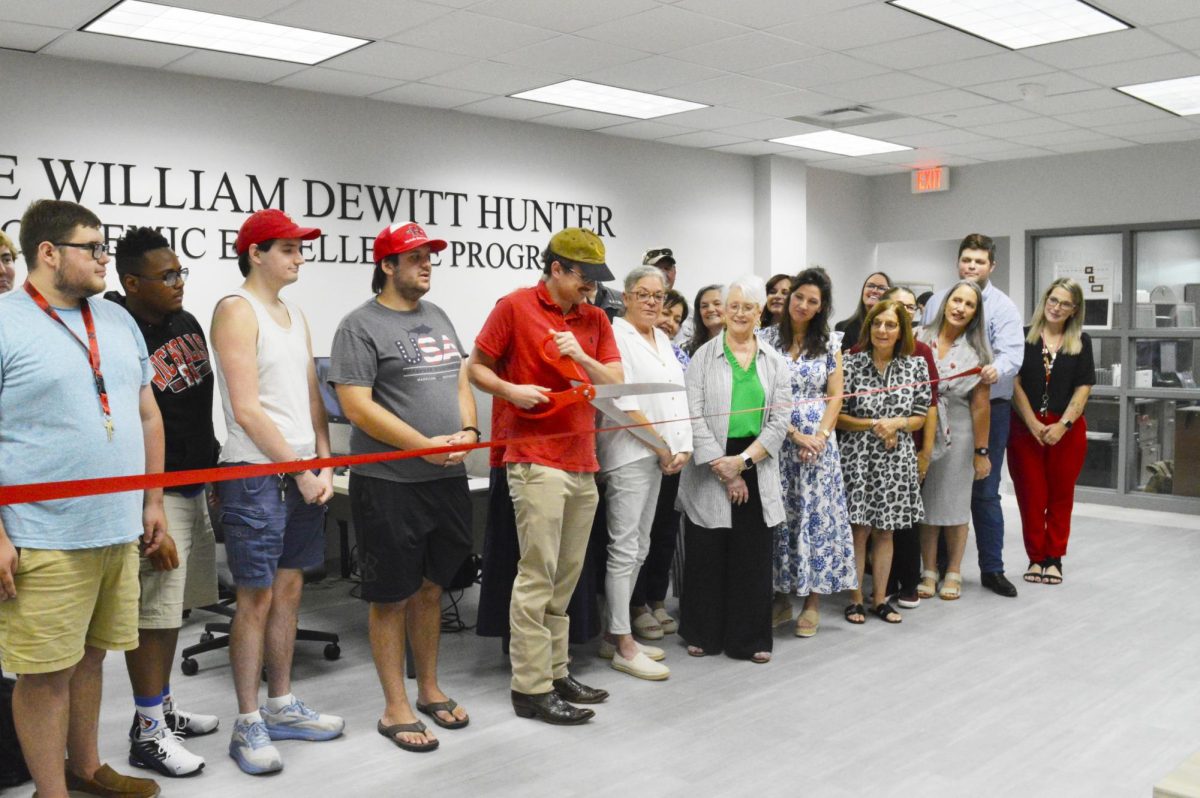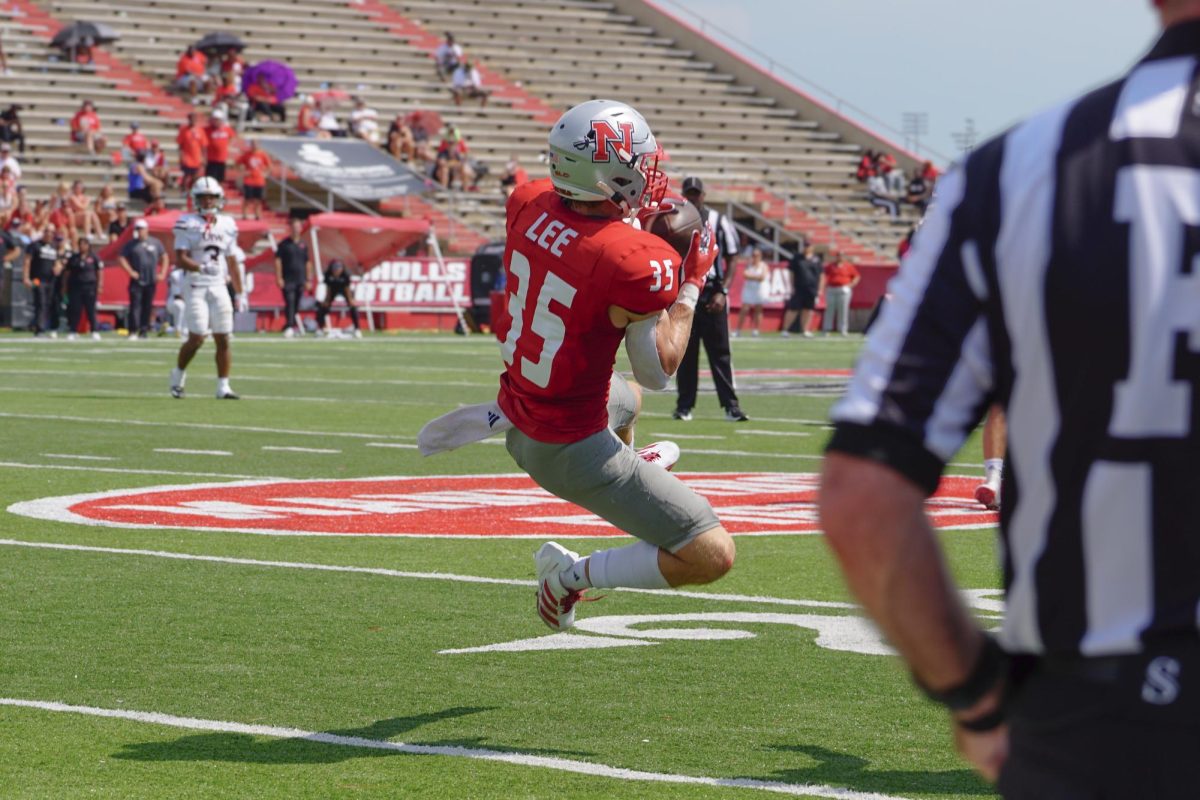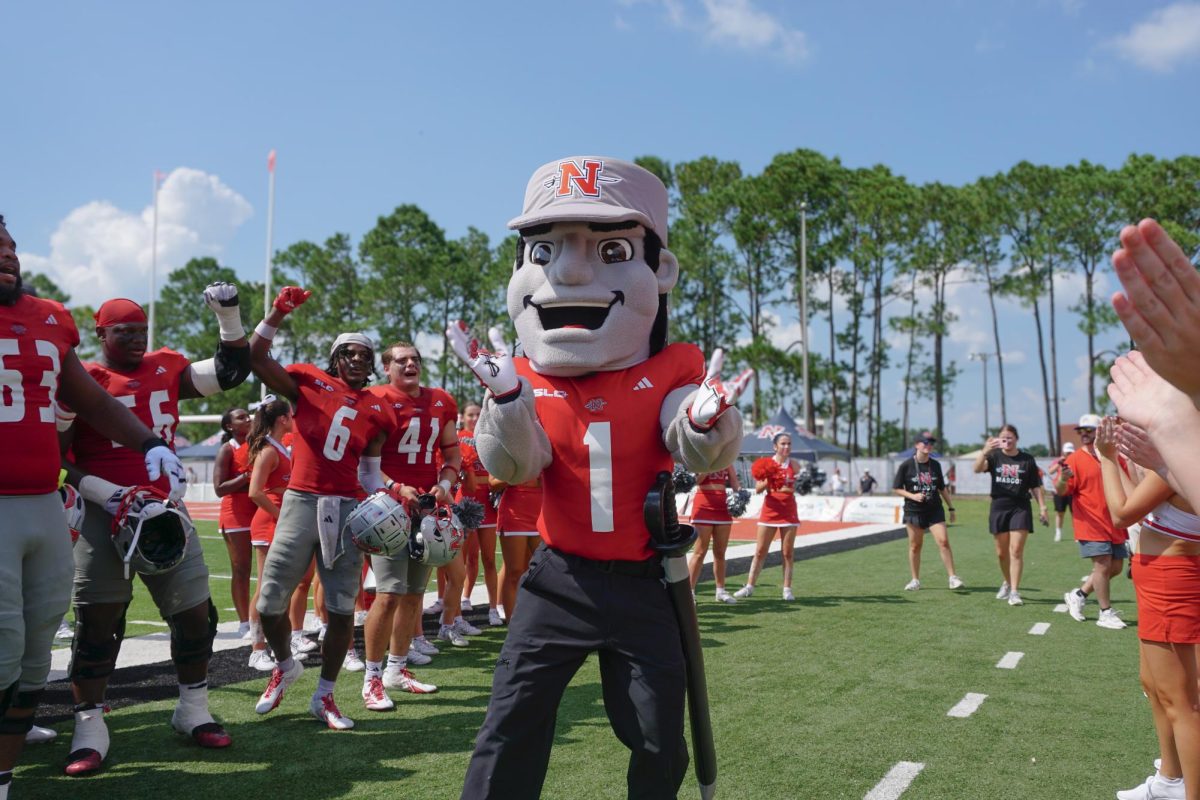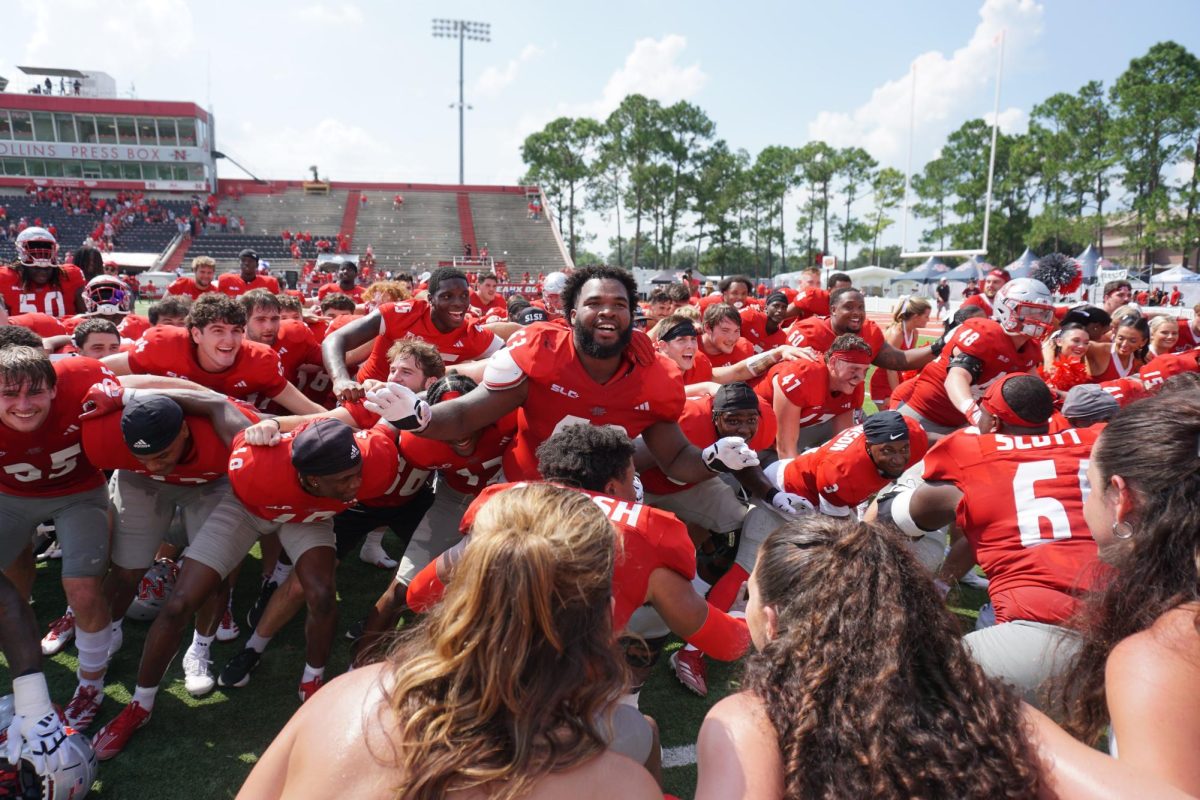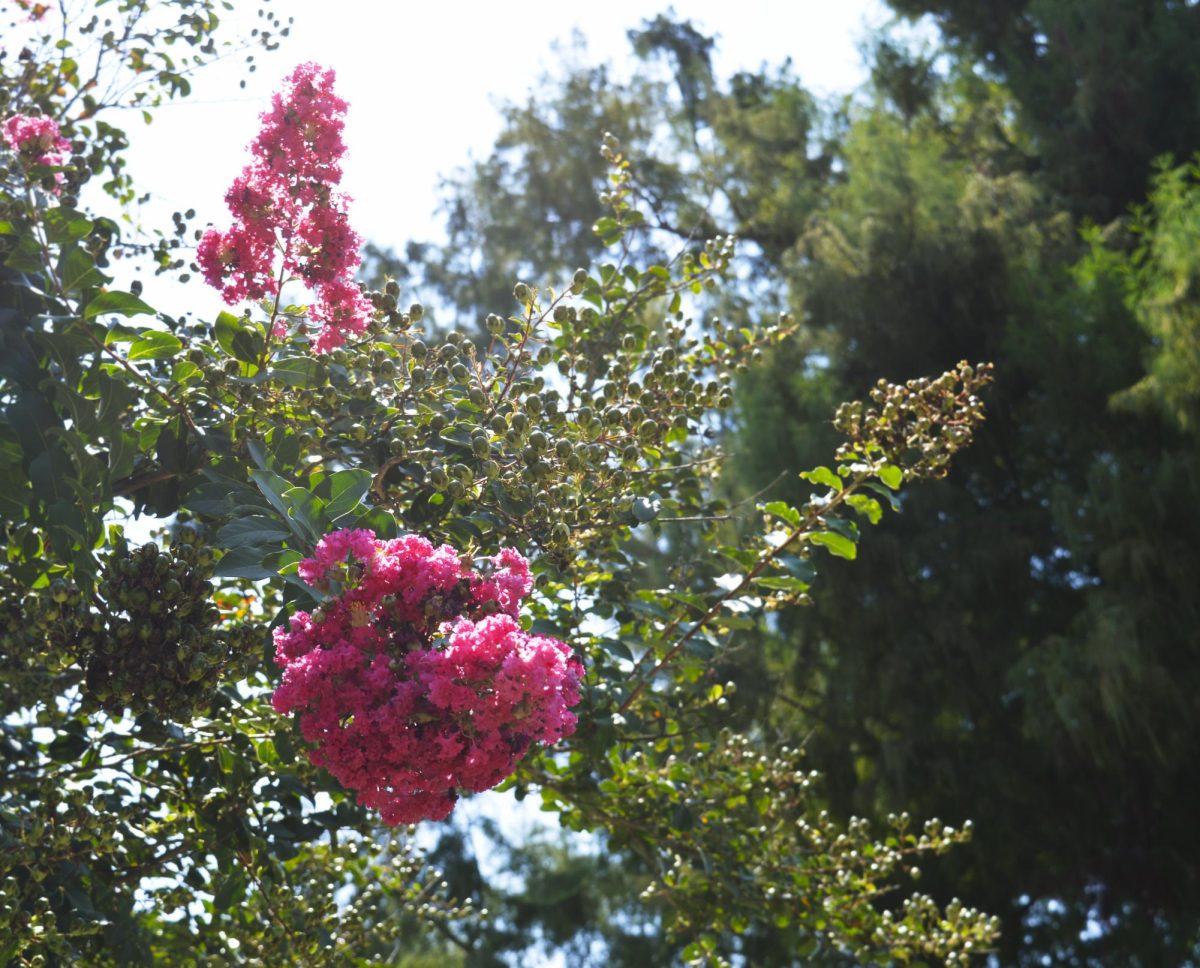Intramural football games have just begun, and the golf teams and cross country teams have also gotten back into step. With all the athletic excitement in the air, it is no wonder this is a time of injuries, strains and sprains.Tenille Cleaves, an allied health-athletic training junior from New Orleans, says the most common sports-related injuries she sees while student training with the football, softball and baseball teams are ankle sprains and pulled hamstrings.
“The foot is being placed in an awkward position when they play,” Cleaves said. “The foot takes a lot of stress from the body.”
Students who are not involved with an organized sport on campus may take advantage of the services offered in Betsy Cheramie Ayo Hall, the location of University Health Services. Athletes or people who occasionally engage in sports or exercise activities should not take small pains lightly, Cleaves said.
If someone thinks he may have injured himself while playing, a good option for minimizing swelling is to use cold compresses. The injured person or caregiver should not apply warm compresses unless directed to do so by a professional.
“If you use heat, you’re going to speed up the inflammation process,” Cleaves said. “We say ‘When in doubt, chill it out.'”
Dealing with a sports injury is not a pleasant experience, but injuries are sometimes inevitable. The best means of protecting yourself is taking preventative measures.
While stretching is an important warm-up exercise and method of preventing possible injuries, there are a few other things athletes should consider. Be aware of personal limitations.
Drinking plenty of water before, during and after working out is important for preventing dehydration, and eating a healthy diet, including carbohydrates, is just as important as consuming water.
“If you’re on a low-carb diet, and you’re working out, it’s not going to work,” Cleaves said. The lack of carbohydrates in an athlete’s diet presents the problem of not having enough energy to burn during training.
Sports players should find a pair of shoes that is functional and appropriate for what activity they will participate in. If someone is not sure what kind of shoe to purchase for a particular activity, Cleaves suggests buying a cross-trainer. It is a unique balance that provides enough support for a wide range of sports.
“In southern Louisiana, I would say loose, light clothing (is best for working out),” Cleaves said. “You don’t want something that’s going to make you sweat and cramp up (from losing water).”
If the athlete feels too much stress or possible pain, he should stop immediately and, if necessary, seek medical consultation from an athletic trainer or physician.




